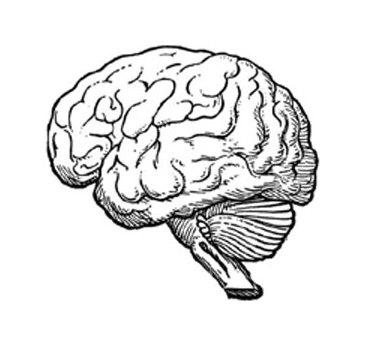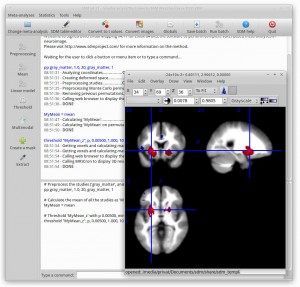Introduction
Seed-based d Mapping (formerly “Signed Differential Mapping”) is a statistical technique for meta-analyzing studies on differences in brain activity or structure which used neuroimaging techniques such as fMRI, VBM, DTI or PET. The methods have been fully validated in several studies (see references below), and meta-analyses using this method have been already published at the highest quality journals.
The method
An introduction of the method can be found in the SDM Reference Manual.
Briefly, some of the features are:
- Possibility of combining studies from which only peak coordinates are available with studies from which SPM t-maps are available, highly increase the power of the meta-analysis.
- Use of specific masks correlation templates for fMRI, PET, gray matter, white matter, fractional anisotropy, TBSS and cerebrospinal fluid to account for the anisotropy in the spatial covariance of the brain, highly increasing the accuracy of the recreation of the effect size maps.
- Accounting for peaks’ effect-size and signed maps to counteract positive and negative differences.
- Weighting the calculations for intra-study variance (i.e. studies with large sample sizes and/or lower error contribute more), inter-study heterogeneity and other optional weights.
- Use of the random-effects general linear models to allow meta-analytical comparisons between groups, meta-regressions and use of covariates.
- Complementary analyses such as exploration of heterogeneity (by means of heterogeneity maps, subgroup analyses and meta-regressions) and jackknife analyses (to assess thereplicability of the results)
Other useful tools within the website:
- Web utilities for conversions
- Tutorial overview of method and how to implement using data
- Downloading the software
- Available for: Linux, Windows, Mac OSX, and SPM



